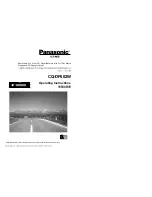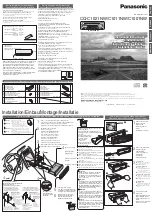
b. Speed should only be set while planer is running
9. Stand to one side of planer path, and feed workpiece into planer
a. Ensure the piece is fed squarely into planer, particularly on long pieces
b. The infeed and outfeed rollers will grab and feed the workpiece. Users should not
push or pull on the workpiece once the workpiece is engaged with the automatic
feed system.
10. If the pitch of the planer motor decreases significantly, or the planer “bogs,” immediately
shut off the plane. The planer table should be lowered, the workpiece removed, and the
table reset for a lighter cut before continuing.
a. If the planer does not automatically feed the workpiece, turn the table height
handwheel clockwise by ½ turn and try again. Several iterations may be required.
11. As the workpiece leaves the outfeed side of the machine, it should be supported. Once
clear of the machine, it can be laid on the return rollers on top of the machine to return it
to the infeed side.
12. If further thickness reduction is required, the table should be raised by turning the table
height handwheel clockwise by ¼ - ½ turn.
a. Loosen table locks before adjusting; retighten after adjusting.
b. A larger number of light passes will achieve better results than heavy cuts
c. If possible, passes should be made on alternating sides of the workpiece to
reduce cutting or twisting of the wood.
13. Once the desired thickness of workpiece has been achieved, turn off the planer and the
dust collection system.
After Use
1. Shut down the dust collection system.
2. Return the planer to baseline configuration.
3. Clean up shavings and sawdust from around the tool.
7




























